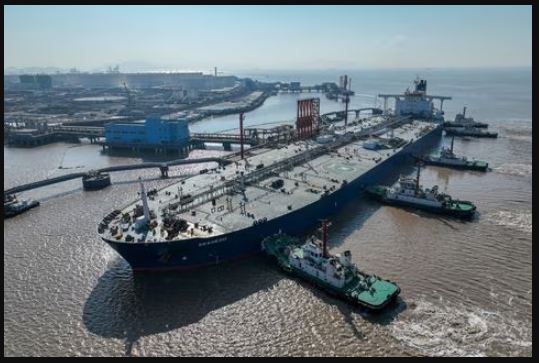Oil rises as tighter supply offsets China demand concern
London (Reuters) – Oil edged higher on Wednesday as tighter supply arising from output cuts by Saudi Arabia and Russia offset concerns over slow demand from top crude importer China and a report showing rising U.S. crude inventories.
Saudi Arabia’s cabinet said on Tuesday that it reaffirms its support for precautionary measures by the Organization of the Petroleum Exporting Countries and its allies, known as OPEC+, to stabilise the market, state media reported.
Brent crude futures rose 22 cents, or 0.3%, to $86.39 a barrel by 0806 GMT. U.S. West Texas Intermediate (WTI) crude gained 19 cents, or 0.2%, to $83.11. Both contracts gained nearly $1 the previous day.
Crude posted its sixth consecutive weekly gains last week and hit its highest levels since mid-April on Monday, helped by a reduction in OPEC+ supplies and hopes of stimulus boosting oil demand recovery in China.
“There is no doubt that there is plenty of momentum here,” said Naeem Aslam, chief investment officer at Avatrade. “The clear trend seems to be skewed to the upside.”
Some bearish pressure came from American Petroleum Institute (API) figures on Tuesday, which according to market sources showed U.S. crude stocks rose by 4.1 million barrels last week, although gasoline and distillate inventories fell.
“Prices remain stable this morning despite economic headwinds helped by U.S. product draws reported by the API, albeit crude inventories built more than expected,” oil broker PVM said.
Official U.S. Energy Information Administration inventory figures are out at 1430 GMT.
On Tuesday, oil came under pressure from Chinese data showing crude oil imports in July fell 18.8% from the previous month to their lowest daily rate since January, although they were up 17% from a year earlier.
But adding support, Saudi Arabia last week extended its voluntary production cut of 1 million barrels per day to the end of September and Russia said it would cut oil exports by 300,000 bpd in September.



